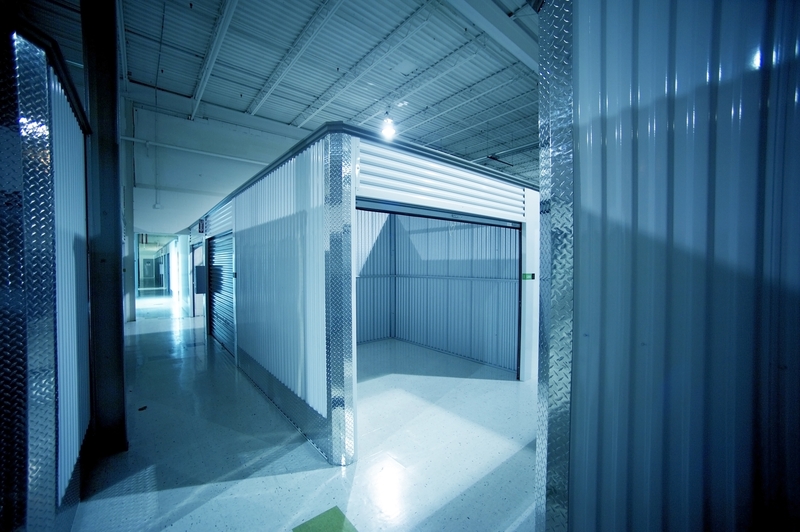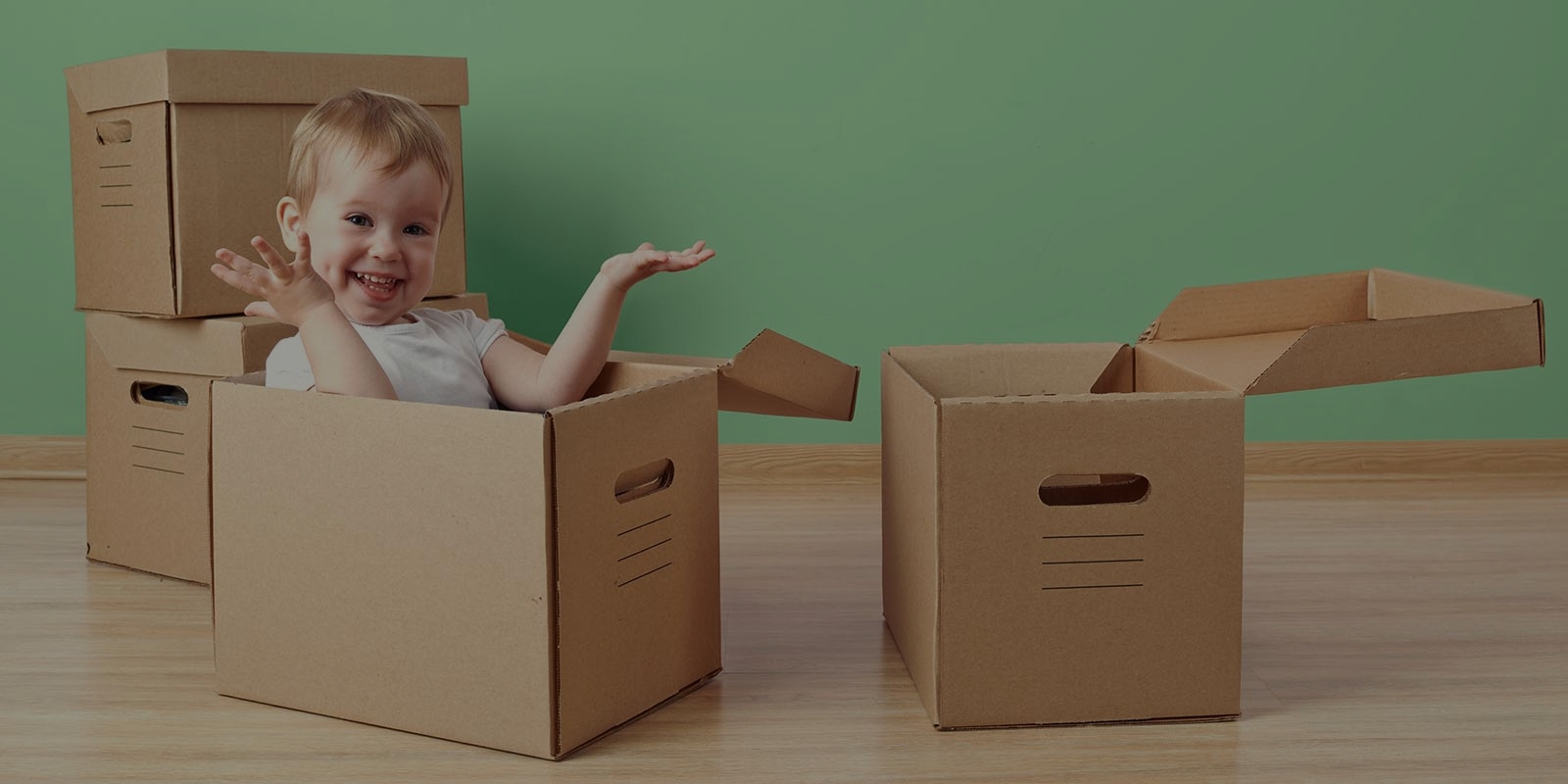Storage Savvy: How to Maintain Sofa Quality for the Long Haul
Posted on 17/05/2025
Storage Savvy: How to Maintain Sofa Quality for the Long Haul
Ensuring your sofa stands the test of time requires more than just occasional dusting and plumping cushions. Whether you're storing a beloved sectional away, prepping a luxury recliner for a move, or simply want your favorite seating to look its best for years, following expert storage and maintenance practices is essential. In this comprehensive guide, you'll discover everything you need to know about preserving sofa quality throughout extended use and storage, with practical, professional advice for every step.

Table of Contents
- Why Sofa Maintenance Matters
- Understanding Sofa Materials
- Pre-Storage Preparation Steps
- Smart Storage Techniques for Sofas
- Tips for Sofa Care While in Use
- Treating Common Sofa Issues
- Seasonal Maintenance Suggestions
- Long-Term Storage: What to Avoid
- Expert Advice for Sofa Longevity
- Frequently Asked Questions on Sofa Storage
Why Sofa Maintenance Matters
Investing in a sofa is about more than aesthetics or comfort; it's about setting the foundation for a welcoming, relaxing home. Well-maintained sofas retain their value, appearance, and function far longer, saving you money and hassle in the long run. Understanding and applying the best practices for long-term sofa care helps prevent:
- Permanent stains and dirt buildup
- Fabric fading and wear
- Frame warping and loosening joints
- Pest infestations during storage
- Irreversible moisture or mold damage
By following savvy storage and care techniques, you ensure your sofa always looks inviting--whether it's in daily use or tucked safely away.
Understanding Sofa Materials
Different sofa materials have unique storage and maintenance needs. Being aware of these helps you customize your care strategy for optimal results:
Fabric Sofas
- Cotton and linen are breathable but prone to stains and fading.
- Polyester blends resist wrinkling and are easier to clean.
- Microfiber offers excellent stain and water resistance.
Tip: Vacuum fabric sofas frequently and spot clean with recommended solutions. For storage, ensure the upholstery is completely dry to prevent mildew growth.
Leather Sofas
- Full-grain leather develops a patina over time but needs conditioning to avoid drying and cracking.
- Bonded leather is more affordable and less durable, requiring gentle handling.
Tip: Never store leather sofas in humid or excessively dry areas. Regularly use leather conditioners to maintain suppleness before storage.
Wooden and Metal Frames
- Solid wood is strong but can warp with moisture exposure.
- Metal frames may rust in damp environments.
Tip: Ensure all frame parts are dry and, if possible, treat wood with polish and metal with anti-rust spray before storage.
Pre-Storage Preparation Steps
Properly preparing your sofa for storage is just as important as where or how you store it. Follow these thorough steps for maximum preservation:
- Clean Thoroughly: Remove dust, dirt, and any organic matter. For fabric, use upholstery cleaner; for leather, use specialized leather care products.
- Disassemble If Possible: Remove cushions, legs, and detachable parts. This reduces stress on joints and frame.
- Dry Completely: Ensure no moisture remains to inhibit mold and mildew growth.
- Protect With Covers: Use breathable covers--avoid plastic wrap, which can trap moisture.
- Label Parts: If disassembled, label screws and smaller components for easier reassembly.
Smart Storage Techniques for Sofas
Knowing how to store your sofa is critical for maintaining its condition. Here are expert-recommended techniques to ensure your sofa emerges from storage as beautiful as when it went in.
Choose the Right Storage Environment
- Climate Control: Opt for a storage unit with regulated temperature and humidity levels.
- Clean, Dry Space: Avoid basements and garages prone to water leaks or excessive dampness.
- Ventilation: Good airflow reduces odors and mold risk.
Positioning Your Sofa in Storage
- Avoid Stacking Heavy Items: Never stack furniture or boxes on top of the sofa; this can deform cushions and frames.
- Elevate Off the Floor: Place the sofa on pallets to prevent contact with potential flooding or dampness.
- Leave Space Around: Allow a gap between sofa and walls for airflow and inspection access.
Effective Covering Solutions
- Use Breathable Covers: Cotton or fabric sofa covers prevent dust accumulation and allow air circulation.
- Avoid Direct Plastic: Direct plastic traps moisture and can contribute to mildew or mold.
- Wrap Metal Parts: Bubble wrap or cloth can shield metal accents or legs from scratches.
Tips for Sofa Care While in Use
Long-term sofa preservation isn't just about storage--it requires ongoing maintenance during everyday use. Here are proven ways to extend your sofa's lifespan at home:
- Plump Cushions Regularly: This maintains shape and distributes wear evenly.
- Rotate Cushions: Swap seat and back cushions regularly for uniform usage.
- Clean Spills Immediately: The faster you act, the less likely stains will set.
- Keep Out of Direct Sunlight: Sunlight fades fabric and dries out leather.
- Pet Proofing: Use throws or covers and keep nails trimmed to prevent snagging.
- Avoid Eating and Drinking: Reduces the risk of persistent stains or odors.
Regular maintenance paired with smart habits guarantees your sofa's appeal and value for the long haul.
Treating Common Sofa Issues
Even with the best of intentions, sofas endure mishaps. Here's how to tackle frequent problems and keep your piece pristine:
Stain Removal 101
- Blot, Don't Rub: Pat liquid spills with a clean cloth, working from the outside in.
- Use the Right Cleaner: Always test in an inconspicuous area and follow manufacturer guidelines.
- Dealing with Stubborn Stains: Baking soda or a solution of vinegar and water can be effective on many fabrics.
Odor Elimination
- Vacuum with Baking Soda: Sprinkle on, let sit, then vacuum to neutralize odors.
- Ventilate Regularly: Sunlight and fresh air help freshen cushions.
Repairing Minor Damage
- Loose Threads: Snip carefully and avoid pulling to prevent unraveling.
- Scratches on Leather: Buff with a leather conditioner or specific leather repair kits.
- Squeaky Frames: Tighten bolts and use furniture-safe lubricants as needed.
Seasonal Maintenance Suggestions
Adjust your care routine based on the time of year to protect against weather-related damage:
- Spring & Summer: Increase dusting and vacuuming frequency. Draw curtains to block harsh sunlight.
- Autumn: Rotate and flip cushions to prevent uneven fading as natural light changes.
- Winter: Move sofas away from radiators and fireplaces to prevent fabric drying or discoloration.
Long-Term Storage: What to Avoid
Watch out for these common sofa storage mistakes that can lead to irreversible damage:
- Ignoring Moisture: Even low humidity can eventually warp frames or spawn mildew.
- Stacking Directly on Floors: Protect from pests and water by elevating.
- Using Inappropriate Covers: Plastic wraps do more harm than good--always use breathable fabric.
- Forgetting Routine Checks: Inspect your storage space periodically for leaks, pests, or other risks.
Expert Advice for Sofa Longevity
To truly be storage savvy, combine the advice above with these industry secrets for premium sofa preservation:
- Document Condition Before Storing: Take photos for reference and future insurance claims.
- Use Silica Gel Packs: These absorb excess moisture within covers or cushions.
- Apply Fabric Protector Sprays: Before storage, a professional-grade spray can guard against dust and stains.
- Consult Professional Cleaners: An occasional deep clean prolongs your sofa's life and removes embedded dirt.
Frequently Asked Questions on Sofa Storage
How long can I store a sofa safely?
With proper preparation and a climate-controlled environment, sofas can be stored for years without significant quality loss. However, periodic checks every 3-6 months are recommended.
What's the best way to move a sofa to storage?
Disassemble where possible, protect with blankets or covers, and avoid dragging. Rent a covered vehicle and secure the sofa to prevent shifting during transit.
How do I prevent pests, like mice or moths?
Use **natural deterrents** (such as cedar chips), ensure the storage space is clean, and avoid storing food or organic materials with your sofa.
Can I store a leather sofa in a garage?
No. Garages are susceptible to temperature and humidity swings, which can warp or dry out leather. Climate-controlled indoor units are far better for long-term leather care.
Are slipcovers necessary?
While not strictly required, slipcovers or breathable fabric covers are strongly recommended to protect against dust, sunlight, and light scuffs during both storage and regular use.

Conclusion: Make Your Sofa Last for Years
Being storage savvy is the key to maintaining sofa quality for the long haul. It's all about preparation, the right techniques, and ongoing care--before, during, and after storage. By understanding your sofa's unique needs and adopting storage best practices, you can enjoy a beautiful, comfortable, and long-lasting centerpiece in your home for years to come. Don't let your investment go to waste: safeguard your sofa today with these proven tips!
Begin your journey to sofa longevity--review your storage options, care routines, and give your sofa the attention it deserves. Because a well-cared-for sofa means a happier, more welcoming home.







